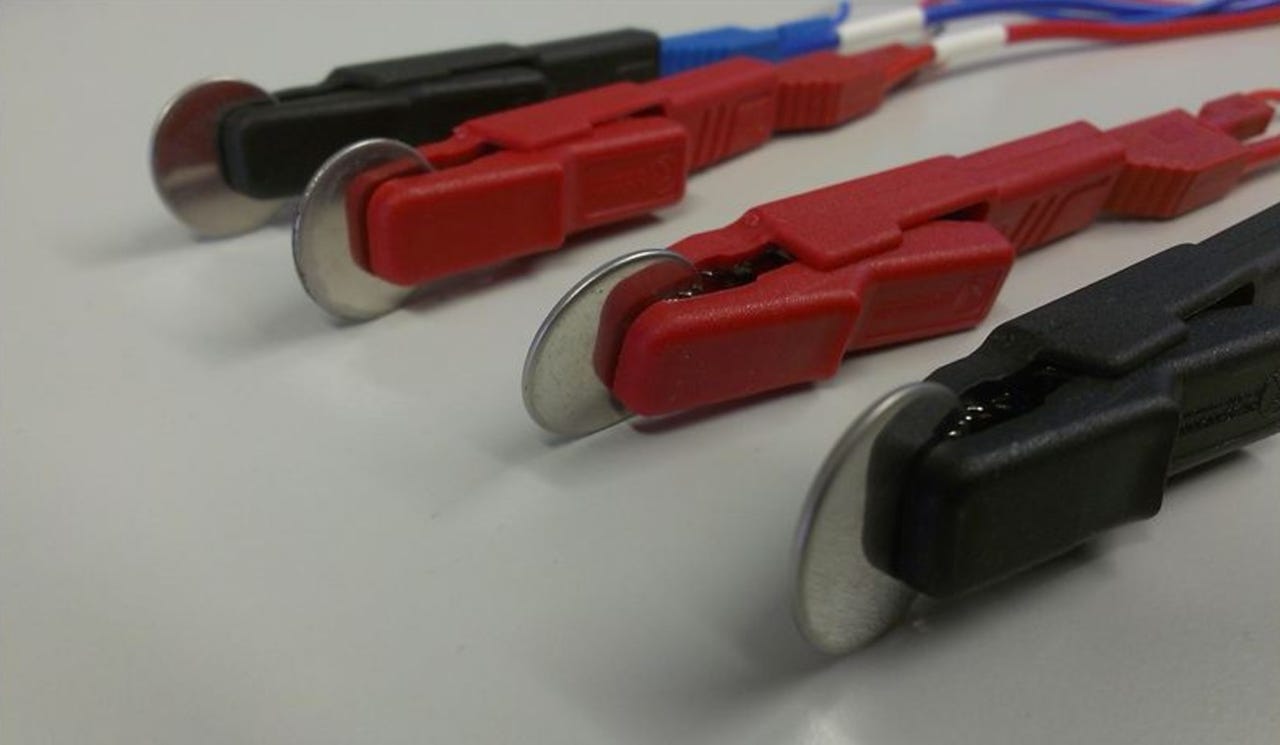Silicon tapped as the answer to battery capacity woes


A team of scientists has suggested that silicon may one day replace graphene to create more sustainable and powerful lithium-ion batteries.
Featured
Lithium-ion batteries are rechargeable cells found in everything from mobile phones to pacemakers. They are not as cheap as alkaline, but have a longer lifespan and are generally reliable.
In recent years, variations of the battery have also been used to power electric cars, but increasing the amount of voltage a battery can hold before depletion is a problem -- as well as a challenge researchers have taken on worldwide.
However, researchers from the University of Eastern Finland believe that silicon used not as a semiconductor but rather as a replacement for graphite anodes, may hold the key to extended Li-ion longevity.
On Tuesday, Professor Vesa-Pekka Lehto and researcher Timo Ikonen revealed the results of a study into the properties of silicon when used in batteries.
Published in the journal Scientific Reports, the research, dubbed "Electrochemically anodized porous silicon: Towards simple and affordable anode material for Li-ion batteries," explores how future Li-ion batteries may have up to quadruple anode capacity.
The team says that by using silicon as a replacement for graphite used in anodes, it is possible to improve Li-ion batteries. Originally, it was believed that electrochemically produced nanoporous silicon suitable to act as a replacement would need nanoparticles, which is difficult, not necessarily safe, and expensive to produce during manufacturing.
However, after studying the material, the researchers say that particles sized between 10 and 20 micrometers are suitable for use in batteries -- and micrometer-sized particles are easier and safer to produce than nanoparticles -- which means that silicon may be viable, after all.
In order to increase the conductivity of the material and durability, the duo plan to combine silicon with small amounts of carbon nanotubes in future experiments.
"In our research, we were able to combine the best of nano- and microtechnologies: nano-level functionality combined with micro-level processability, and all this without compromising performance," Ikonen said. "Small amounts of silicon are already used in Tesla's batteries to increase their energy density, but it's very challenging to further increase the amount."
It could be good news for the environment, too. Silicon is one of the most common elements on our planet, and as we rely more heavily on renewable sources of energy, the possibility of removing graphite from batteries -- which are always in high demand -- would only be of benefit towards the goal of becoming climate-neutral.
"We now have a good understanding of the material properties required in large-scale use of silicon in Li-ion batteries," Vesa-Pekka Lehto said. "However, the silicon we've been using is too expensive for commercial use, and that's why we are now looking into the possibility of manufacturing a similar material from agricultural waste, for example from barley husk ash."
Earlier this month, a team of scientists from Stanford suggested that silicon may not always be the gold standard for semiconductors. Instead, the researchers have put forward hafnium diselenide and zirconium diselenide as alternatives to silicon. When refined, the materials may be able to support computer chips just a few atoms thick while requiring less power than silicon to operate as semiconductors.
Previous and related coverage
Our future mobile device screens might be made of silver
Researchers have created thin, transparent layers made out of the precious metal suitable for touch screens.
Begone, silicon: New semiconductors touted as the future for our chips
Silicon cannot take our computing power as far as we would like, but researchers believe other materials can.